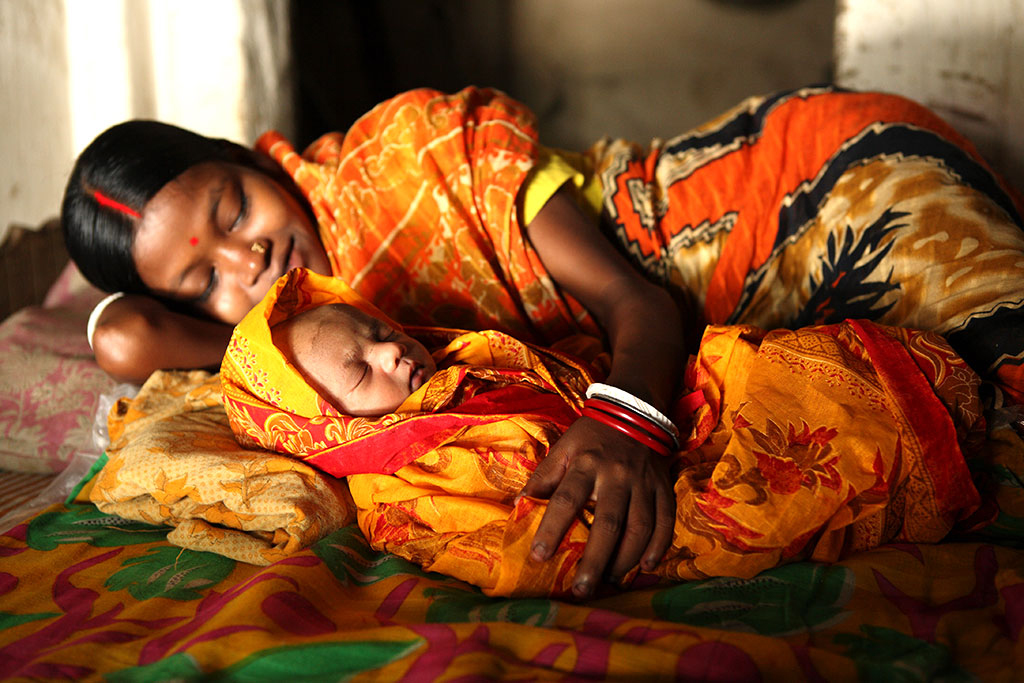(This post originally appeared on the Global Health NOW website.)
An important side event at this week’s 68th World Health Assembly will celebrate two reports – The WHO report on Strategies Toward Ending Preventable Maternal Mortality (EPMM) and the Every Newborn Action Plan Progress Report (ENAP). These two reports contribute to the Global Strategy for Women’s, Children’s and Adolescent’s Health.
(For more information on the standing room only event, read “Sharing Strategies for Integrating maternal and newborn care: Strengthening the continuum.”)
The WHO EPMM report, representing the culmination of 2 years of collaborative stakeholder consensus work, lays out principles and strategic objectives for ending preventable maternal mortality by 2030. The 2015 ENAP report summarizes exciting progress to advance newborn health since formal endorsement of ENAP 1 year ago at the 67th World Health Assembly.
The highest risk of maternal and newborn death occurs during labor, birth and the 24 hours following birth when nearly half of all maternal and newborn deaths and stillbirths occur. Nearly 800 women still die every day from treatable complications of pregnancy and childbirth and 2.6 million stillbirths occur each year. 1/3 of all newborn deaths (>1 million) occur on the first day of life. Most of these deaths (99%) occur in low-resource settings in sub-Saharan Africa and Southeast Asia and are linked to inequitable access to and quality of essential health care services within and across countries.
Through the inputs of many stakeholders, EPMM and ENAP lay out complementary targets, principles and strategic objectives for ending preventable maternal and newborn deaths by 2030 and 2035. Common principles focus on equity, country leadership, integration of care for mother and baby, accountability, human rights, quality, universal coverage and measurement to ensure that every birth and death is counted and to drive improvement and accountability.
ENAP and EPMM strategic objectives promote equitable coverage of evidence-based interventions proven to promote health and prevent leading causes of death and disability for every mother and newborn. The world must now accelerate efforts to close the “know-do gap” to go beyond “doing the right things to doing things right” for every mother and every newborn in the messy real-life health systems that deliver care for mothers and newborns (EMPP, p. 16). Achieving this imperative will require unwavering and laser sharp collaboration between global and country stakeholders, building on gains in the Millennium Development Goal era. In collaboration with partners, USAID’s flagship Maternal and Child Survival Program (MCSP) supports countries with the highest burden of maternal and child mortality and morbidity to improve equitable coverage and quality of evidence-based family planning, maternal, newborn and child health interventions at household, community and health facility levels.
MCSP-supported maternal and newborn programs apply local health systems strengthening, community platforms and quality improvement approaches to strengthen integrated antenatal, Day of Birth and postpartum care packages for mothers and newborns, with a strong focus on timely family planning services. These approaches emphasize continuous improvement to overcome local bottlenecks and the routine use of data to drive and monitor improvement and accountability. The Day of Birth package prioritizes routine high-impact interventions essential for every mother and newborn, additional interventions tailored to local context such as elimination of mother-to-child transmission of HIV and monitoring for and prompt referral and/or definitive management of life-threatening complications.
MCSP continues to deliver for women and children by collaborating with global and country stakeholders to advance EPMM and ENAP strategic objectives to end preventable deaths for every woman and newborn by 2030/2035.

